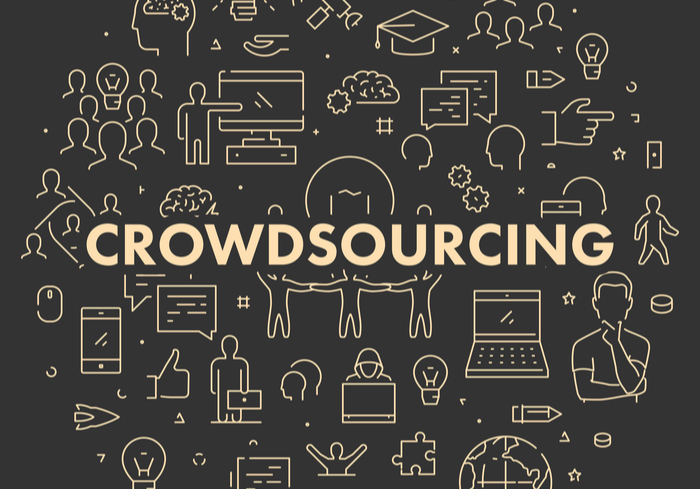
Shama Pagarkar, VP and Co-founder of JoyRun, and her family are big foodies, but food-delivery platforms haven’t always met their needs. For one, food-delivery platforms can come with steep fees, and they are not social, which isn’t always conducive to, say, an office setting.
Whenever Pagarkar would go to a restaurant or coffee shop from her office, coworkers wanted to place orders, too. “People would want to order with me,” Pagarkar said in an interview with PYMNTS.com.
Enter JoyRun, a peer-to-peer platform that allows crowdsourced deliveries, such as coffee or burgers. And, since the orders are public, other users can decide if they want that coffee or burger delivered to them, too.
Through the platform, users can ask for deliveries of a product and a “runner” – which could very well be someone they know – who can make the delivery. The runners can use the service as a “side hustle” to make some extra cash by delivering goods to others. Or, if the runners are feeling altruistic, they can make deliveries for free, according to Pagarkar.
The Feed
The app centers around a feed that contains order requests. If a user desires Starbucks but can’t make it out to the store, they can make a request that appears on the feed. A runner can then choose to deliver Starbucks to the person – or perhaps other people will see the request on the feed and decide they want coffee, too.
The platform is not limited to food and allows users to request all sorts of items for delivery with the exception of some items, such as alcohol or cigarettes. One user, for example, asked for supplies from Home Depot.
Currently, the service is only available to people in small communities, such as college campuses.
“We focus on smaller communities because, for us, it’s all about empowering people to do things for each other,” Pagarkar said. “People know each other.”
Besides consumers who may be able to use the platform for deliveries, JoyRun helps restaurants to gain exposure. The names of restaurants are displayed on the feed, after all.
“It’s more of a marketing platform for restaurants,” Pagarkar said. “We have literally [put] restaurants on the map.”
For example, a coffee and dessert shop in Davis, California called Lazi Cow saw 80 percent of its deliveries happening on JoyRun in 2017.
The Market
JoyRun is not the only mobile app that facilitates deliveries on college campuses across the country. Mobile food ordering app Tapingo partnered with Aramark in 2015 to launch campus delivery services during an initial rollout at 25 universities across the country.
Students, faculty, and staff at these campuses can order, pick up or get delivery through Tapingo’s smartphone app. Aramark, a $15 billion food-services provider, is using this partnership to build its growth strategy around mobile.
As of 2015, Tapingo’s app was available at campuses that include High Point University and University of Central Florida, where it saw successful adoption prior to the expanded rollout.
Overall, the $70 billion food takeout and delivery industry was still largely offline as of 2015, where $61 billion of the market took place, according to reports cited by TechCrunch. Even so, food delivery is becoming a booming market.
The annual value of the online pizza delivery industry was $7 billion as of 2017. And the projected value of the online delivery market will be $55 billion by 2022.
Online food delivery is also becoming more widespread: Seventy percent of internet users told research analysts they had ordered food delivery in the past year, while another 20 percent said they plan to try it soon. And the online orders are becoming mobile, with 69 percent of online orders coming from a mobile device.
The Road Ahead
In the future, JoyRun plans to expand beyond the college campus – and, well, graduate. The aim, Pagarkar said, is to slowly expand into other communities, such as offices and even neighborhoods.
The idea is to take an existing behavior – people wanting to help other people – and create a digital avenue to help make that happen. At least for deliveries.
“It’s basically taking an inherent [desire] of people – helping each other and what can be better than that?” Pagarkar said.